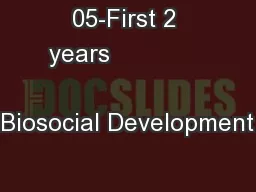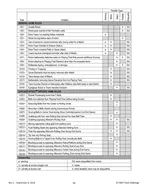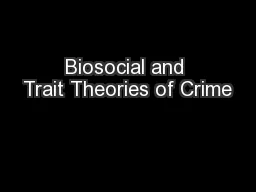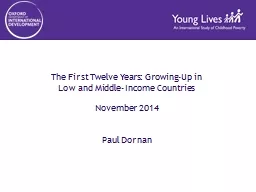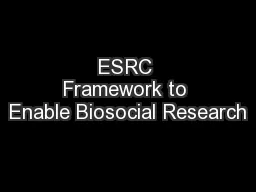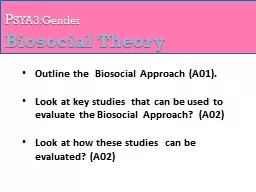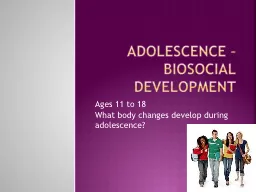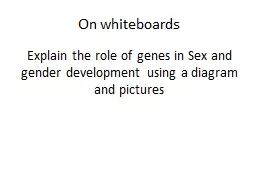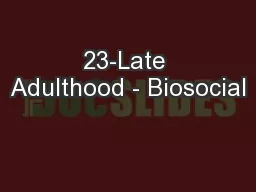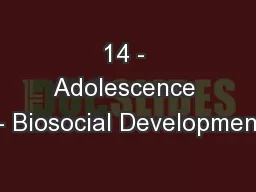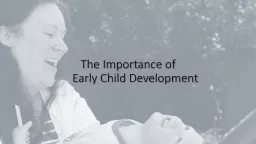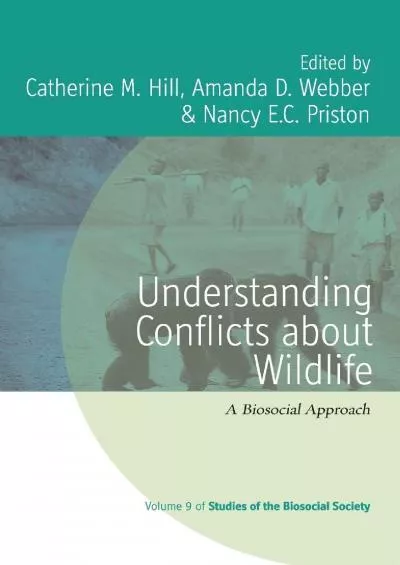PPT-05-First 2 years Biosocial Development
Author : karlyn-bohler | Published Date : 2018-10-06
Biosocial Development Body Brain Senses Good health Body changes Size 2X birth weight by 4 months 3X birth weight by age 1 4X birth weight by age 2 Head sparing
Presentation Embed Code
Download Presentation
Download Presentation The PPT/PDF document "05-First 2 years ..." is the property of its rightful owner. Permission is granted to download and print the materials on this website for personal, non-commercial use only, and to display it on your personal computer provided you do not modify the materials and that you retain all copyright notices contained in the materials. By downloading content from our website, you accept the terms of this agreement.
05-First 2 years Biosocial Development: Transcript
Download Rules Of Document
"05-First 2 years Biosocial Development"The content belongs to its owner. You may download and print it for personal use, without modification, and keep all copyright notices. By downloading, you agree to these terms.
Related Documents

